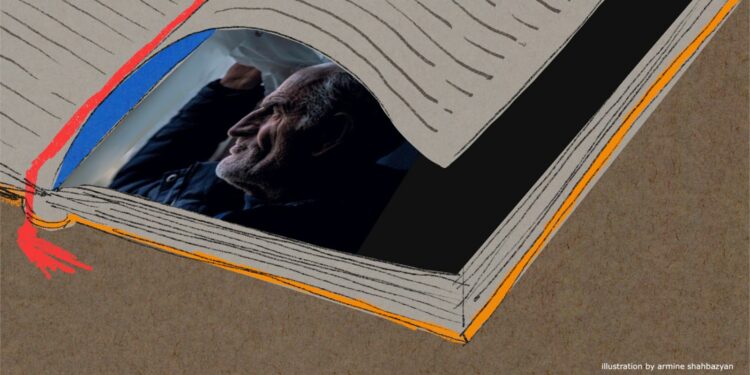Spotlight Artsakh
The Liberation of Shushi: A Turning Point on Many Fronts
The liberation of the strategic town of Shushi was a turning point in the Karabakh war, causing a dramatic shift in the military progress of Armenian forces and ultimately obstructing future Turkish-Armenian relations.
Artsakh Presidential Race Goes to Second Round in Historically Competitive Election
Presidential and parliamentary elections were held in Artsakh (Nagorno-Karabakh) on March 31. While voter turnout was high (72.7%), no presidential candidate received the required majority of votes, necessitating a runoff election to take place in two weeks.
President Bako Sahakyan Dismisses Calls to Postpone Artsakh Election
Voters will be given masks, hand sanitizer and their own pen as the vote looks set to go ahead on March 31 as originally planned.
Music and War: Survival, Rebirth and Resilience in Artsakh
In the face of war and turmoil, music has remained one of Artsakh’s most cherished aspects of their culture. Tradition and new influences are what keep the music alive.
Infinite Hope: Artsakh Vignettes
Gayane Ghazaryan pieces together the stories, struggles and dreams of the people of Artsakh through a series of vignettes.
Football for the Forgotten States: Artsakh Prepares for the ‘Other European Cup’
For many, it might seem that Artsakh, an unrecognized state, is an unlikely place to hold an international football tournament. But that is exactly what will happen starting June 1, when Artsakh hosts the 2019 European Football Cup of the Confederation of Independent Football Associations.
Shamakhi: A Lost Dialect, a Lost Identity
Shamakhi is an Armenian dialect that is on the verge of extinction. While many Armenians from Shamakhi feel a sense of pride in their history and dialect, for the new generation who, along with the rest of the Shamakhetsis were forced to flee their village during the Karabakh War, the dialect is simply a matter of history.
Dokhtur’s Artsakh Fairytale
When the war broke out in Artsakh in the early 1990s, Aida Serobyan was a 36-year-old doctor and mother of three. She decided to volunteer for two months as a field doctor, but ended up staying for two years until the end of the war in 1994. Although she helped to heal the injured, she herself was wounded four times on the battlefield. This is her story.
Destination Hadrut: Arman in Uniform
A personal essay by Gayane Ghazaryan about a trip to Artsakh to see her brother for the first time after he left for his mandatory service in the army. A day her family had always known would come but was never fully ready for. Գայանե Ղազարյանը գրում է իր նորակոչիկ եղբորը առաջին անգամ Արցախում տեսակցության գնալու իր փորձառության մասին։ Մի օր, որին նրանք սպասել են, բայց այդպես էլ պատրաստ չեն եղել։
Land of the Ghashang People
In this moving photo essay, journalist Yelena Gevorgyan and photographer Mariam Loretsyan explore Stepanakert through their eyes and impressions, piecing together the stories that bind the Armenians of Artsakh to the land.












